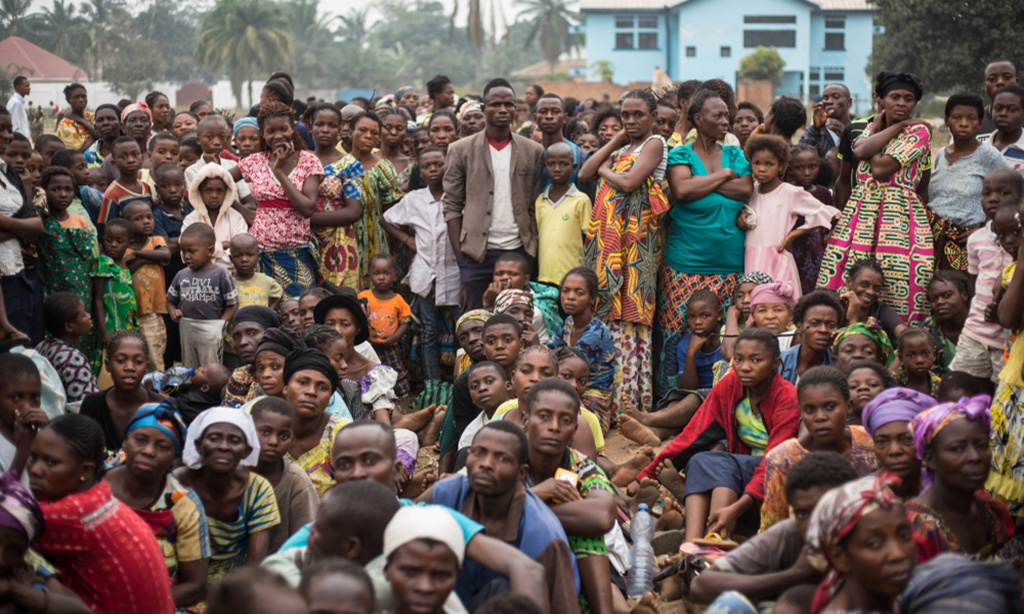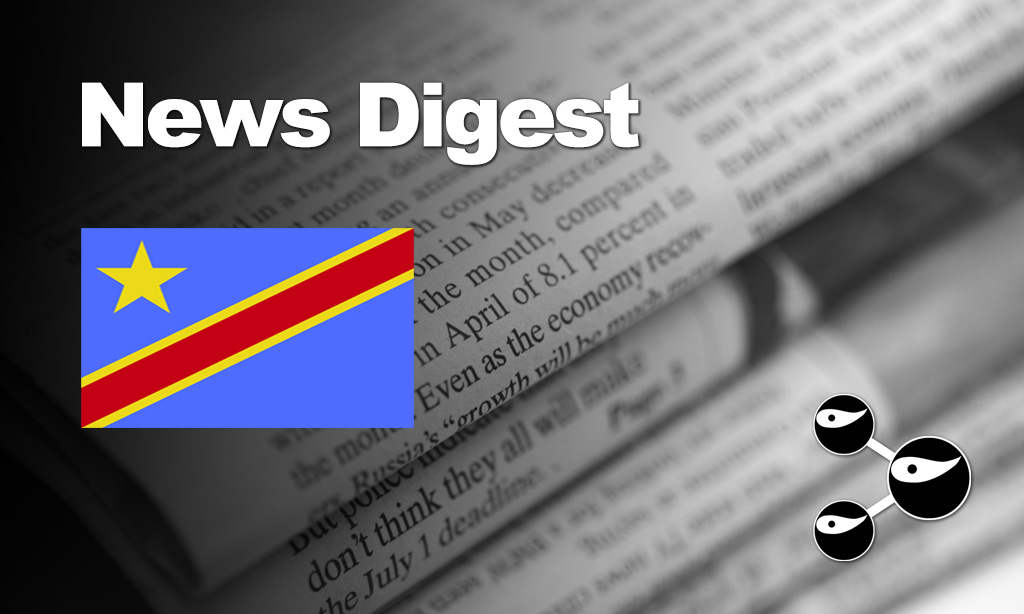We already mentioned the dire humanitarian crisis in the Kasai region of the Democratic Republic of the Congo (DRC). Last year we published an editorial (in French): Denis Mukwege et l’avenir de la RD du Congo. IRIN also published an article on the Congo crisis: How did we get here? A look on how a political crisis evolved to a “Level 3” humanitarian emergency. You can read our post about it here.
Anita Powell was in Kananga, and she just published a report on VoA website, confirming the situation in the region is more and more preoccupying, providing an insight on what is going on. And news are not good, at all:
Conflict in Congo’s Kasai province has displaced more than a million people. The situation is just one facet of a growing humanitarian crisis in the country, with U.N. officials urging donors to heed their $1.7 billion aid request […] Local health workers say they’ve never seen it this bad. And this region has never been well off. Even before the crisis, aid officials estimated more than half of the children in this region were chronically malnourished. The conflict that started in 2016 between an armed militia and the Congolese army, both of which are accused of committing heinous crimes, has pushed an already vulnerable population over the edge, locals say.
Additional details on how the conflict started in this post: Hunger brings death to Congo’s Kasai after guns fall silent from Reuters:
Fighting between the army and the Kamuina Nsapu militia went on for about a year in the generally peaceful region’s worst outbreak of violence in decades. As many as 5,000 people were killed and an estimated 1.5 million forced from their homes. Hostilities broke out in August 2016 when Congolese forces killed local chief Jean-Pierre Mpandi, who had demanded their withdrawal from Kasai […] The crisis in Kasai is one of several gripping Congo, where President Joseph Kabila’s refusal to step down when his mandate expired in December 2016 inflamed a combustible mix of ethnic grievances and competition over land and mineral resources that has fuelled years of conflict.
Earlier this month, the United Nations refugee agency warned that ongoing instability in the Kasai region poses a grave risk to civilian safety, including for several hundred refugees recently returned there from Angola. We can read on the UN News website:
Last month alone, more than 11,000 people fled the conflict. This is in addition to the roughly 900,000 Congolese who have already been internally displaced since the Kasai crisis erupted in 2016. Some 35,000 Congolese have sought refuge in Angola. UNHCR believes that returns are not yet safe or sustainable, since peace and security are lacking. However, some 530 Congolese were forced to return from Angola between 25 and 27 February.
It is clear tensions are flaring and they could plunge Kasai region into new violence. In this post from last January, three UN agencies – the Food and Agriculture Organization (FAO), UNICEF and the World Food Programme (WFP) – said time was running out to save hundreds of thousands of lives.UNICEF’s Acting Representative in the DRC, Tajudeen Oyewale declared:
At least 400,000 children under five have severe, acute malnutrition. They are likely to die unless they urgently receive health, water, sanitation and nutrition support. Longer-term food security must be restored and feeding and care practices improved so that children can have access to the adequate quality food they need.
Powell is describing this exact situation in her report:
It’s a difficult number to imagine. But for many of the mothers who lined up patiently to have their babies seen and treated at a UNICEF-run clinic, those numbers mean little. What matters, they say, are nine-month-old Kabongo, 19-month-old Francois and 14-month-old Georgette. Their stick-thin limbs and distended bellies can be treated, nurses and aid workers say, but their future is uncertain if the violence flares up again.
The ongoing insecurity and the humanitarian emergency are concerning, and many organizations and aid workers are working tirelessly to provide support in the devastated region… But it won’t be enough if violence doesn’t stop.










